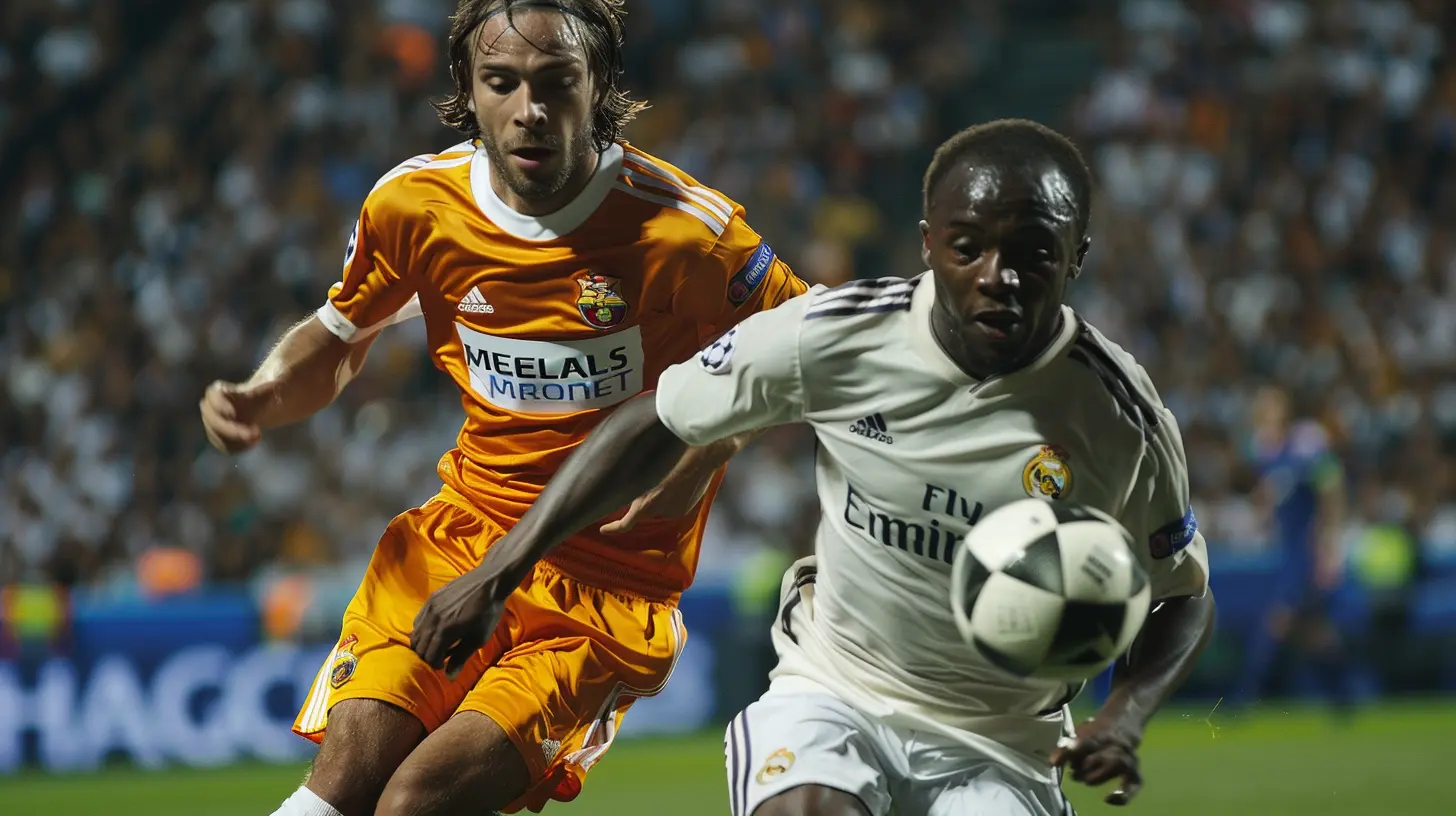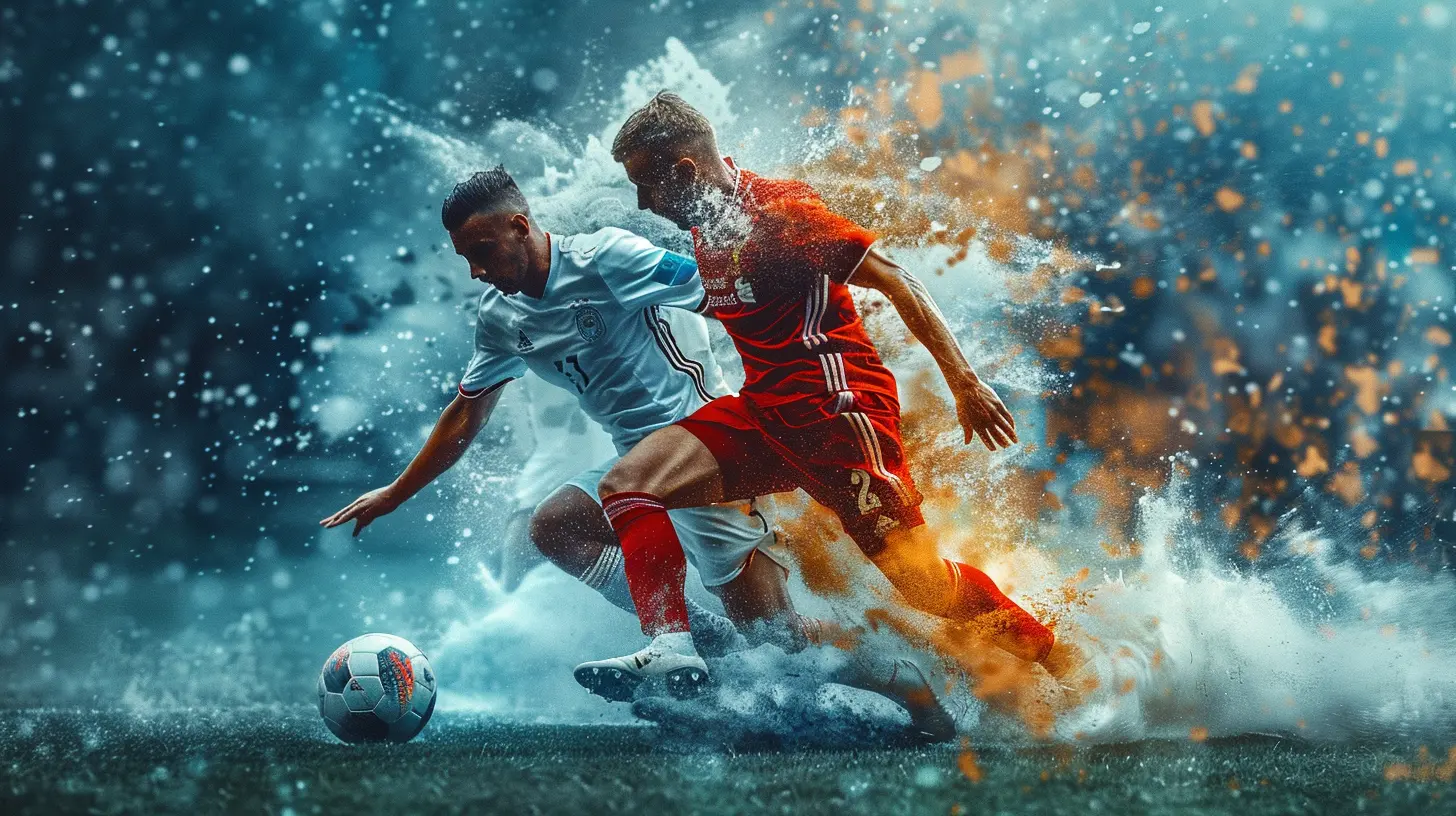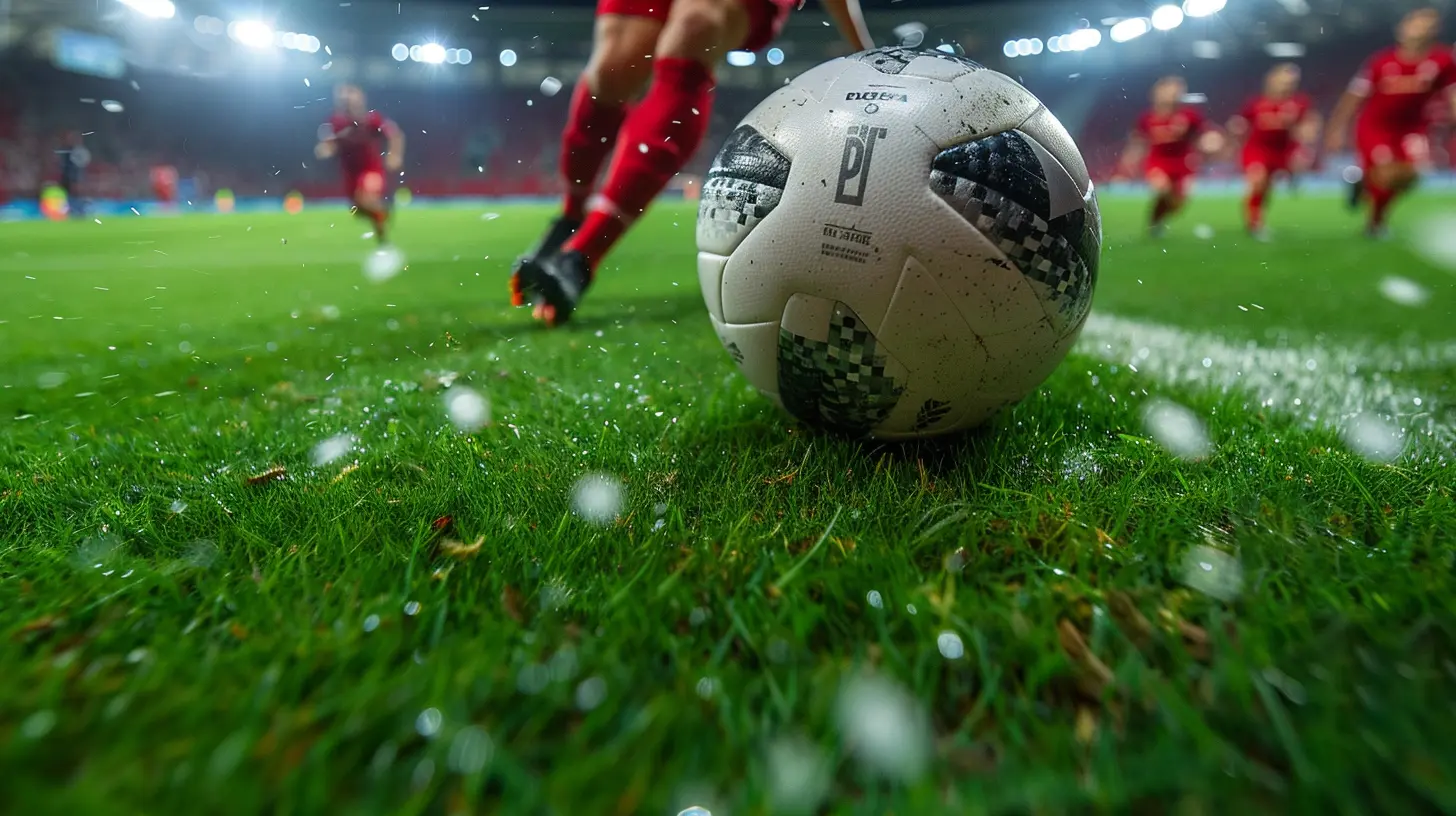The Battle of Midfield: Controlling the Game with Precision
10 November 2025
When it comes to football (or soccer, depending on where you're from), the midfield is where everything happens. It's the heart of the game, the engine room, the battlefield where matches are often won or lost. Midfielders dictate the tempo, distribute the ball, and link defense to attack. Without a strong midfield, even the most talented teams can struggle to control the game.
So, what makes a great midfield? How do teams dominate this crucial area of the pitch? Let’s break it down and see why mastering the midfield is the key to success.

Why Midfield Control is Essential
The midfield is not just a passageway between defense and attack—it’s the brain of the team. Whoever controls the midfield controls the game. Here’s why:- Possession and Passing – The midfield is responsible for maintaining possession and dictating play. Teams that dominate possession often frustrate their opponents, forcing them to chase the ball.
- Defensive Cover – A strong midfield shields the defense, breaking up opposition attacks before they become dangerous. Defensive midfielders, in particular, are like bodyguards for the backline.
- Creativity and Attack – Midfielders are playmakers, setting up goal-scoring opportunities with pinpoint passes, dribbles, and vision. A creative midfielder can change the course of a match with a single moment of brilliance.
Now, let’s take a closer look at the different types of midfielders and their roles in controlling the game.

Types of Midfielders and Their Roles
Not all midfielders play the same way. Football has evolved, and so have the roles within the midfield. Here are the key types of midfielders and how they contribute to precision control.1. Defensive Midfielder (The Shield)
This player is the first line of defense in the midfield, positioned just ahead of the center-backs. They break up opposition attacks, intercept passes, and win back possession. Think of them as a brick wall standing between the enemy and the goal.- Key Attributes: Tackling, positioning, interception, stamina
- Notable Examples: N'Golo Kanté, Casemiro, Sergio Busquets
2. Box-to-Box Midfielder (The Engine)
This player does it all—defending, attacking, passing, and pressing. They cover every blade of grass, constantly moving up and down the field. If football was a marathon, these players would be the long-distance runners leading the pack.- Key Attributes: Stamina, tackling, passing, movement
- Notable Examples: Steven Gerrard, Yaya Touré, Jude Bellingham
3. Deep-Lying Playmaker (The Quarterback)
Like a chess master, this midfielder controls the tempo of the game with precise passes and intelligent movement. Unlike defensive midfielders, their job isn’t to tackle but to dictate the flow of play from deep positions.- Key Attributes: Vision, passing, composure, intelligence
- Notable Examples: Andrea Pirlo, Luka Modrić, Xavi Hernández
4. Attacking Midfielder (The Creator)
This is the team's magician—the player who unlocks defenses with killer passes, dribbling, and movement. They operate in the final third of the pitch, providing assists and even scoring goals themselves.- Key Attributes: Creativity, dribbling, shooting, passing
- Notable Examples: Kevin De Bruyne, Bruno Fernandes, Lionel Messi (in his deeper playmaking roles)

How Teams Maintain Midfield Dominance
Knowing the different types of midfielders is one thing, but how do teams ensure they dominate the midfield battle? Let’s look at some key strategies.1. Winning the Possession Game
Possession-based teams often control matches by keeping the ball and limiting the opposition’s chances to attack. This is the philosophy behind teams like Pep Guardiola’s Manchester City or Barcelona’s legendary tiki-taka era.By keeping possession, teams dictate the pace of play, forcing opponents to adjust and work harder to win the ball back. It’s like playing keep-away on a grand scale.
2. Pressing and Winning the Ball Back
Some teams focus on high-intensity pressing to regain possession quickly. The moment they lose the ball, their midfielders aggressively press, forcing the opponent into mistakes. This approach, often associated with teams like Liverpool under Jürgen Klopp, turns defense into attack in a matter of seconds.3. Balanced Midfield Trio
Many successful teams use a three-man midfield setup to create balance—one defensive midfielder, one box-to-box player, and one playmaker. This combination ensures defensive stability, ball movement, and creativity all at once.4. Quick Transitions
A great midfield doesn’t just hold the ball; it moves it effectively. Quick transitions from defense to attack catch opponents off guard. A well-timed long ball or defense-splitting pass can change the outcome of a game in an instant.5. Overloading Key Areas
Some teams overload the midfield, outnumbering their opponents to dominate possession. This is especially effective against teams that rely on a two-man midfield setup. More numbers in midfield mean more control over the game.
The Greatest Midfield Battles of All Time
Over the years, football has given us some iconic midfield battles—games where the middle of the pitch became a warzone. Here are a few memorable clashes:- Barcelona vs. Real Madrid (2010s) – The battles between Xavi, Iniesta, and Busquets against Modrić, Kroos, and Casemiro were legendary. These encounters weren’t just games; they were tactical masterclasses.
- Manchester United vs. Arsenal (2000s) – The fierce battles between Roy Keane and Patrick Vieira defined an era of Premier League football. These midfield duels were physical, intense, and full of passion.
- Italy vs. Germany (2006 World Cup Semi-Final) – Andrea Pirlo’s midfield control was instrumental in Italy’s victory. He dictated the game, showcasing the power of a deep-lying playmaker.
Conclusion
Midfield control isn’t just about having talented players—it’s about understanding the game, working as a unit, and executing the right strategies. A strong midfield can dictate the tempo, create chances, and protect the defense.The teams that master midfield dominance are the ones that consistently succeed. Whether it’s through possession-based play, relentless pressing, or balanced formations, the midfield remains the battleground where games are won and lost.
Next time you watch a game, pay close attention to the midfield. That’s where the magic (or chaos) happens!
all images in this post were generated using AI tools
Category:
Match HighlightsAuthor:

Everett Davis
Discussion
rate this article
1 comments
Darius McIntire
Midfielders are the heartbeat of the game! Their precision and control can turn the tide in an instant. Embrace the challenge, stay focused, and remember—every pass is a chance to make magic happen!
November 12, 2025 at 11:38 AM

Everett Davis
Absolutely! Midfielders are crucial in shaping the game's flow, and their skill can indeed create moments of brilliance. Thank you for highlighting their impact!


